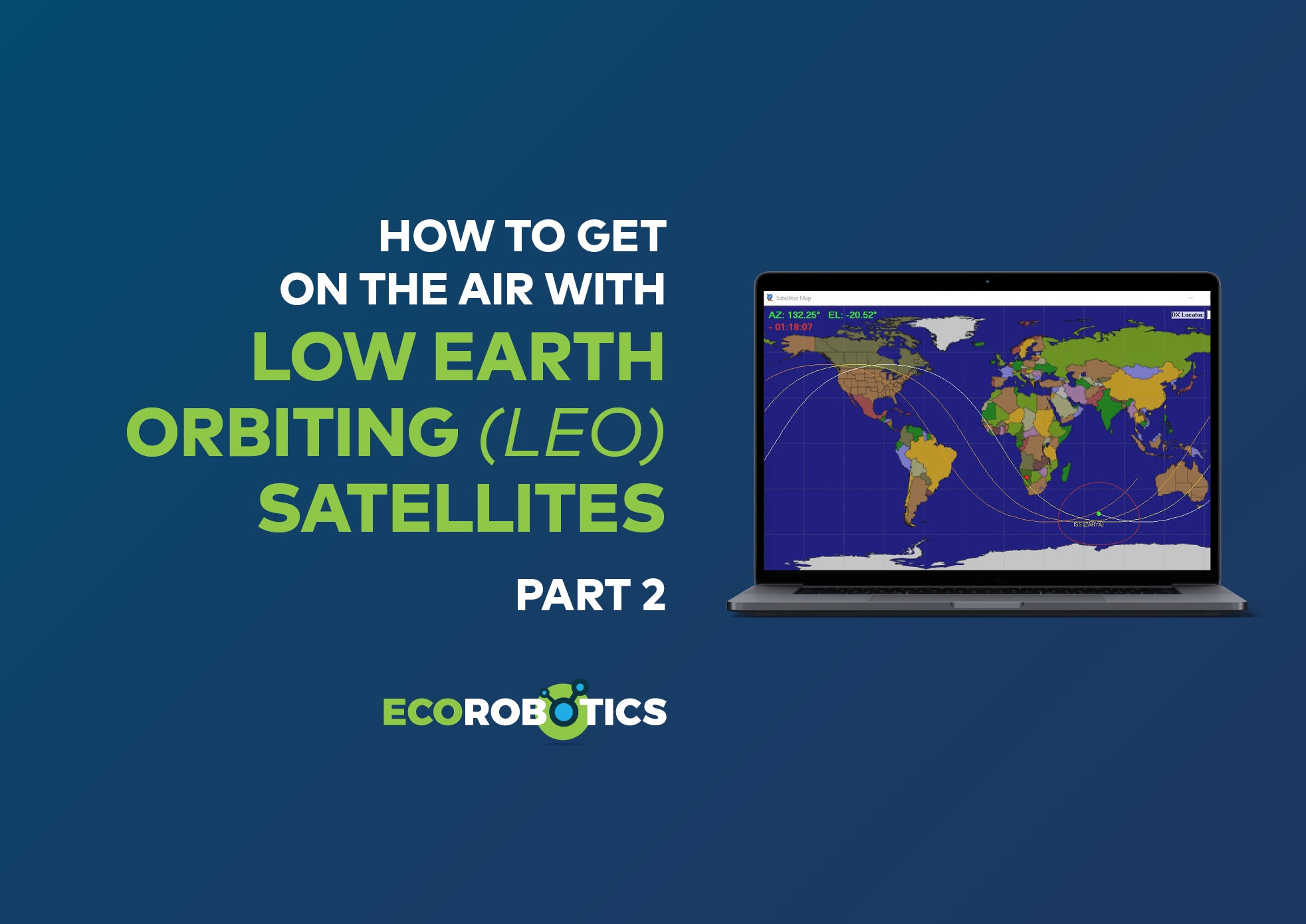
About the author
Werner Muller loved to tinker with electronics since he was a younster. Currently he enjoys SSB and CW contacts and satellites. He built a setup for an QO-100 geostationary satellite and have over 100 countries confirmed via this satellite. Recently Low Earth Orbiting (LEO) satellites started to interest him as well. He is a licensed amateur radio operator and the current President of the Namibian Amateur League. His callsign is V51JP.
Introduction
In the last blog (part 1) I covered building the controller for the LEO Sat station.
In this blog I will touch on building of the antennas and getting the calibration of the rotators spot on.
Antennas & Rotators
First I attached the AZ and the ELE rotors together.
Again I had to call on my friend with the laser cutter and powder coating plant as the two rotors are different brands.

The next step is to get the rotors hooked up to the controller and get the internal potentiometers calibrated to the controller.
The calibration process is super easy.
As described here: https://create.arduino.cc/projecthub/viorelracoviteanu/antenna-rotator-controller-compatible-with-tracking-software-48f9cd
Unmark the calibration sketch and run Arduino serial monitor.
Now let the AZ rotor run the full 360 degrees and note down the values displayed in Arduino serial monitor.
Do the same with the ELE rotor either running it 180 or 90 degrees depending on your rotor.
Note down the values and now go to the sketch in Arduino and edit the original values with the values you got from the rotors.
Upload the sketch and test that the rotors are going through the full sweep.
Of course I ran into a snag. Every time I stopped the AZ rotor a spike was generated by the energy still in the system and the Arduino would either hang or bomb out completely.
This only happened with the AZ rotor, nothing from the ELE rotor.
After a lot of research and head scratching Sandor DM4DS suggested a Snubber circuit.

I found this drawing online and set out to find the parts to build this.
Here is my version of a Snubber circuit:

You will see that I built 3 Snubbers on one PCB, one for each direction and one for the brake that my rotor has. This eliminated the problem and I could finally close the lid on the controller.
Now came the next interesting step. Building the antennas.
Again I did a lot of research and picked the brains of very knowledgeable hams.
The M2inc Leopack antenna was suggested but that was way above my pay grade.

But this gave me the basis to what I wanted.
The plan was to build the antennas myself.
Crossed Yagi’s in a clockwise rotating configuration.
And centre mounted to balance the load on the ELE rotor.
I researched Yagi dimensions and found that almost all online calculators are based of the calculations of Rothammel / DL6WU
I printed the dimensions and cut the aluminium to size and started assembling the 2m Yagi:


Then the 70cm yagi:

The boom isolators are from a damaged Wimo antenna but can easily be 3d printed.
Next up I had to make 75ohm ¼ wave matching stubs for both x-Yagi’s to get the impedance back to 50ohm. You will note that the dipoles on both antennas are offset ¼ lambda to get the clockwise polarisation of the Yagi’s.

Measuring the 70cm Yagi with the NanoVNA. A brilliant piece of kit that should not be missing if you fiddle with any sort of antenna.

Here I am adjusting the antennas on the final boom. All wires are connected and I made sure there is plenty of slack for the movement with the rotor.

That is it for now, I will report on the progress of this project in future blogs.
For additional information:
Werner Muller
kavanji.wm@gmail.com
Call sign: V51JP
If you want to learn more about the fascinating Radio Amateur Hobby please visit: https://www.narlnam.com

